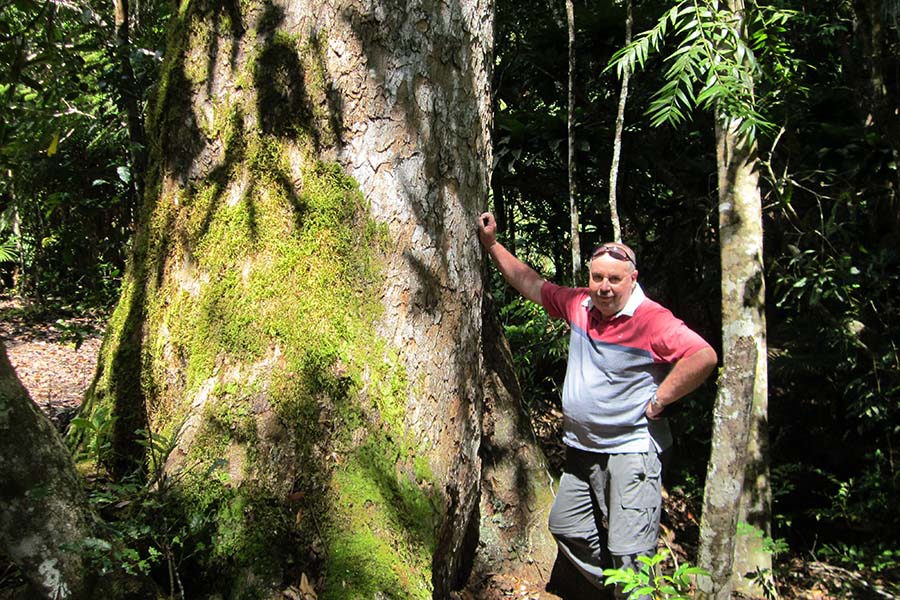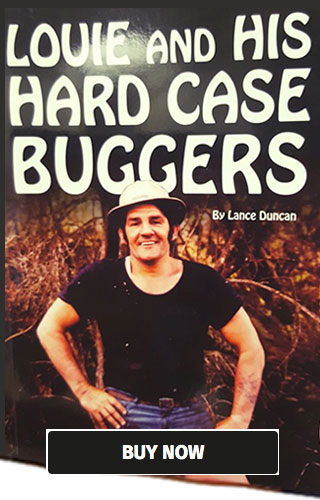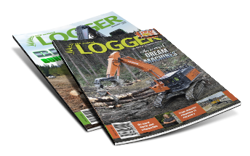After nearly five decades championing indigenous forestry, Scion’s and possibly New Zealand’s longest-serving indigenous forestry researcher, Greg Steward has retired. He joined the New Zealand Forest Service as a trainee woodsman 49 years ago and went on to hone his expertise in managing kauri, tōtara and indigenous hardwoods in plantations.
Greg grew up in South Auckland and was first exposed to forestry when, after leaving school (and failing science) at 16, he joined the Woodsman Training School in January 1975. One of 50 trainees in his intake, he learned about silviculture with the idea that after three years, he’d be qualified to supervise forestry silviculture gangs.
His first two years were spent living in a hostel at Kaingaroa, felling trees and cutting logs. He says the worst jobs were planting young trees in the middle of winter or working in the nursery with bare hands during frosty mornings when temperatures plummeted to as low as minus four degrees Celsius.
By contrast, his favourite job occurred during his group’s first summer together. “About 30 of us were driven out by bus to the middle of Kaingaroa where there was about 200ha of dry cutover pine forest. We were given litres of diesel, boxes of matches and they told us to set fire to it all.
“We looked at each other and thought, ‘And we get paid!’ It was a teenage boy’s dream.”
He was one of four trainees who, in their third year, continued their training at what is now Scion. Exposed to different research areas, it was the Indigenous Silviculture research group that impressed Greg the most.
After completing his training, he joined the group and worked alongside indigenous forestry scientists in the field. He recalls how they’d spend Monday to Friday in forests like Pureroa west of Taupō, living out of huts and sleeping bags, only returning home at weekends.
“We were doing everything from indigenous production forestry research through to identifying reserves and mapping forest types. A lot of logging and planting trials; it was very physical work and I’d never been so fit,” says Greg.
Occasionally, it could even be dangerous work, he adds: “We were working in some of the most remote forestry areas of the North Island. There shouldn’t have been anyone else around but occasionally you’d get the odd hunter come through poaching, most often during the roar. We were shot at by certain people who didn’t want us there.”
Having spent so much time in New Zealand’s indigenous forests, studying rimu, mataī, kahikatea and kauri, Greg has mentally mapped the landscape they grow in.
He recalls working in Minginui during selection logging trials when he and a group of science trainees challenged themselves to deliberately get lost in the forest: “It was pointless, we knew those forests so well that after five minutes of walking, we knew exactly where we were.”
Even now, he can be shown a tree on a computer that has been assessed using LIDAR technology and, just by its...






